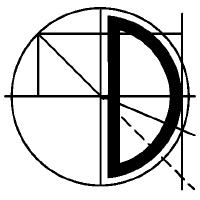Abstract
Predictive performance models are used increasingly throughout the phases of the software engineering lifecycle of distributed systems. However, as systems grow in size and complexity, building models that accurately capture the different aspects of their behavior becomes a more and more challenging task. The challenge stems from the limited model expressiveness on the one hand and the limited scalability of model analysis techniques on the other. This chapter presents a novel methodology for modeling and performance analysis of distributed systems. The methodology is based on queueing Petri nets (QPNs) which provide greater modeling power and expressiveness than conventional modeling paradigms such as queueing networks and generalized stochastic Petri nets. Using QPNs, one can integrate both hardware and software aspects of system behavior into the same model. In addition to hardware contention and scheduling strategies, QPNs make it easy to model software contention, simultaneous resource possession, synchronization, blocking and asynchronous processing. These aspects have significant impact on the performance of modern distributed systems. To avoid the problem of state space explosion, our methodology uses discrete event simulation for model analysis. We propose an efficient and reliable method for simulation of QPNs. As a validation of our approach, we present a case study of a real-world distributed system, showing how our methodology is applied in a step-by-step fashion to evaluate the system performance and scalability. The system studied is a deployment of the industry-standard SPECjAppServer2004 benchmark. A detailed model of the system and its workload is built and used to predict the system performance for several deployment configurations and workload scenarios of interest. Taking advantage of the expressive power of QPNs, our approach makes it possible to model systems at a higher degree of accuracy providing a number of important benefits.

